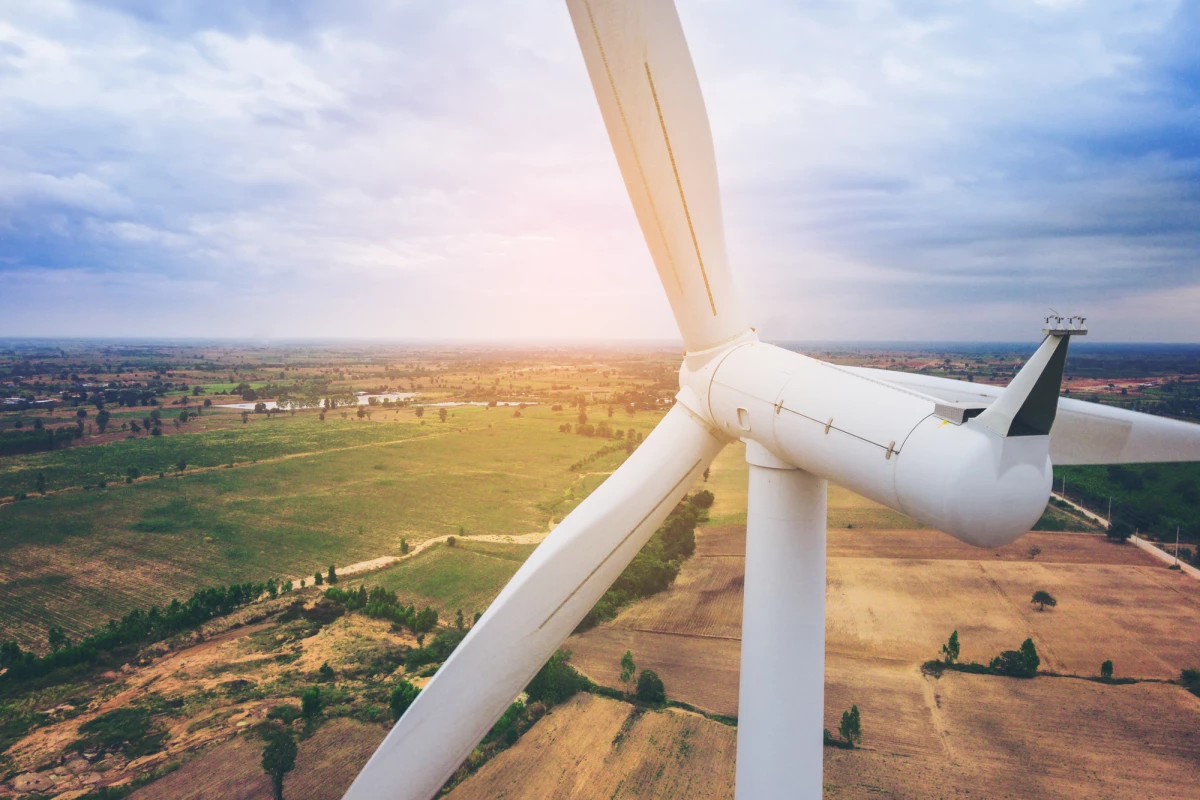Wind turbine blades can be truly enormous, reaching lengths of up to 107 m (351 ft). They often incorporate lightweight balsa wood, which may soon be easier than ever to reclaim for recycling when the blades' time is done.
According to Germany's Fraunhofer Institute for Wood Research, turbine blades consist chiefly of glass-fiber-reinforced plastic and balsa wood, which are bonded together with epoxy or polyester resin. Because of the extreme stresses that the blades have to endure, that bond is very strong, making the two materials quite difficult to separate once the blades have been retired.
As a result, chunks of old blades – with the wood and plastic still bonded – are typically just burned in cement factories as a source of raw material. The demand is limited, however, plus a great deal of energy is required in order to burn them effectively. With such limitations in mind, a Fraunhofer team developed the new balsa-reclamation technique.
It involves using a vehicle-mounted water lance jet to cut the blades into 10 to 20-m (33 to 66 ft)-long segments on location, right after they've been removed from the main turbine. Those sections are then fed into a mobile shredder, which proceeds to break them down into pieces "about the size of the palm of a hand."
Next, an impact mill is used to rotate those pieces at high speed, smashing them into a metal surface to break the wood/plastic bond. According to project leader Peter Meinlschmidt, this breakage occurs due to the difference in consistency between the soft(er) wood and the hard glass fibers and resin. The wood can then simply be sorted from the plastic.
So far, the reclaimed balsa wood has been used to make ultra-lightweight insulation mats, that are reportedly on par with polystyrene-based materials as a form of thermal insulation. The wood has also been ground into a powder and then mixed with a foaming agent to create a packaging/insulating material, that can be recycled like paper when no longer needed.
Source: Fraunhofer




